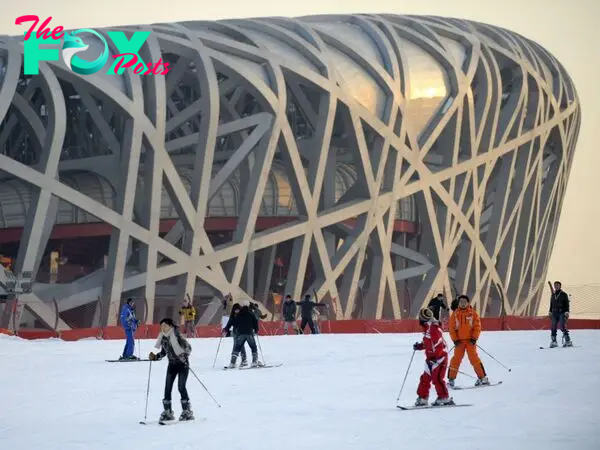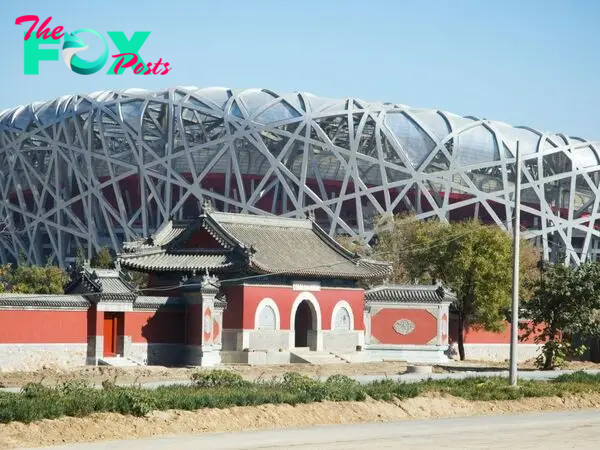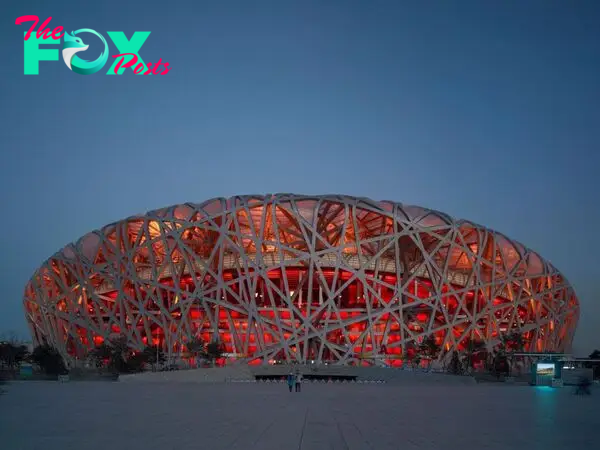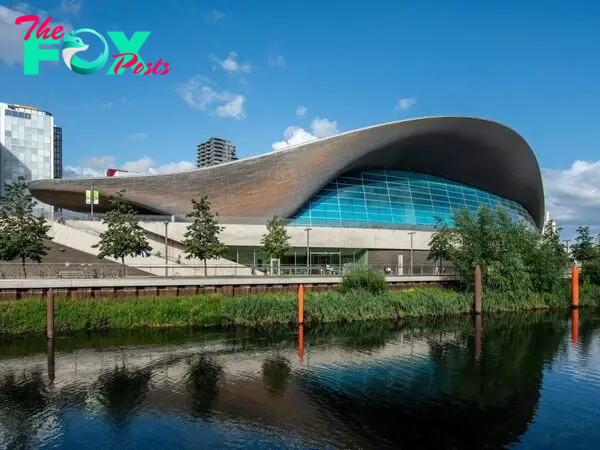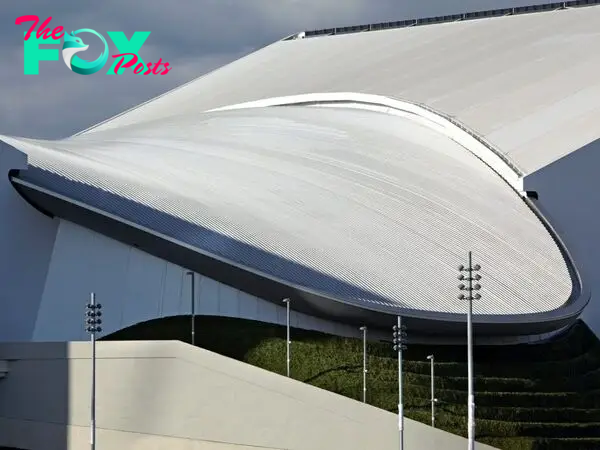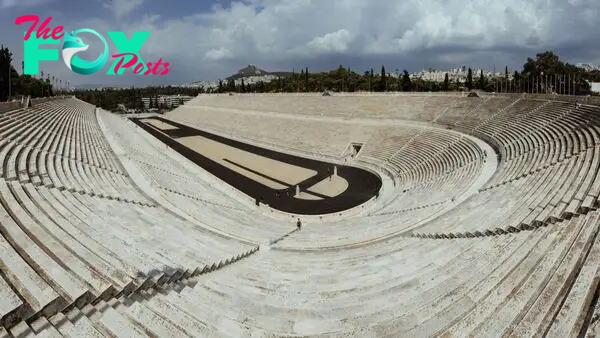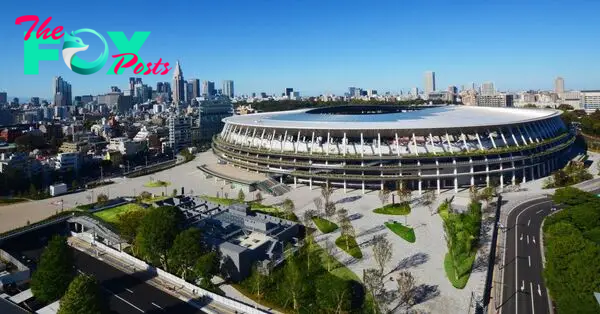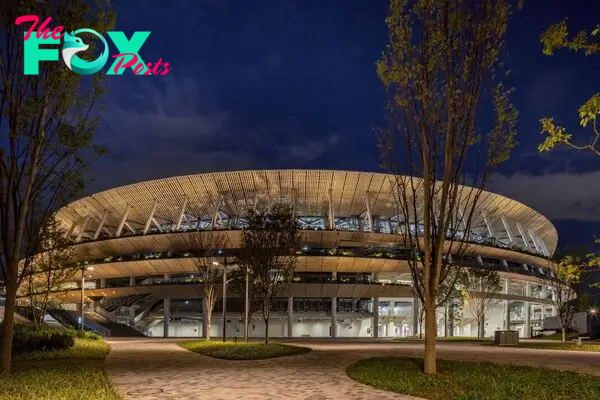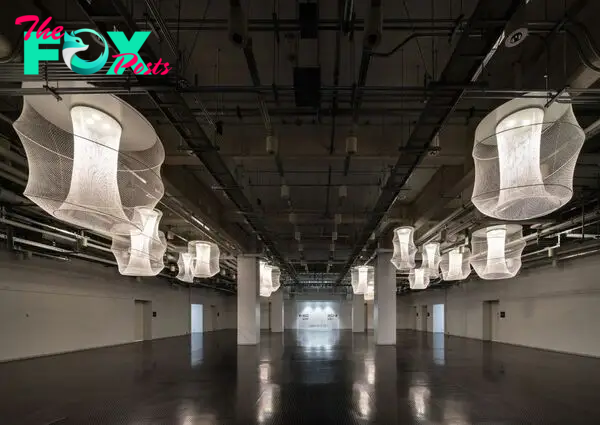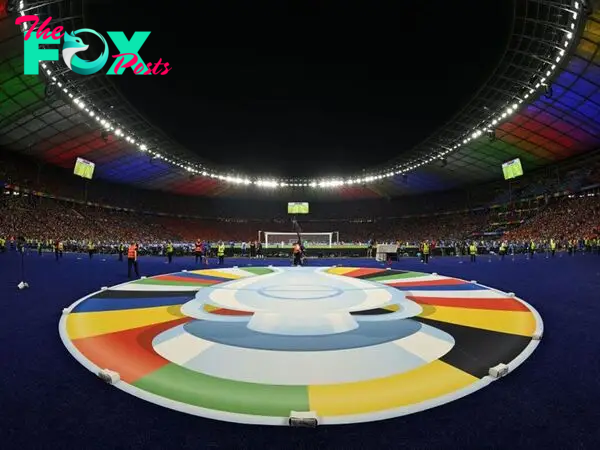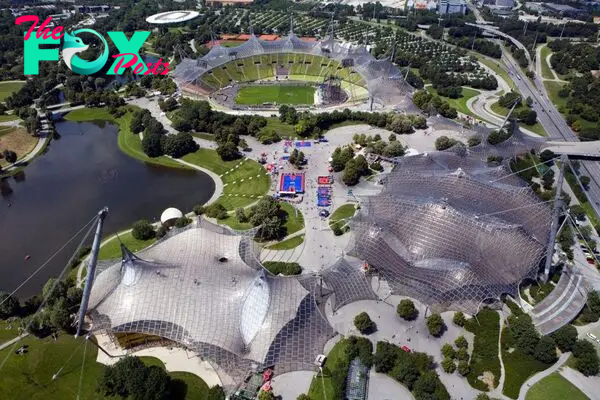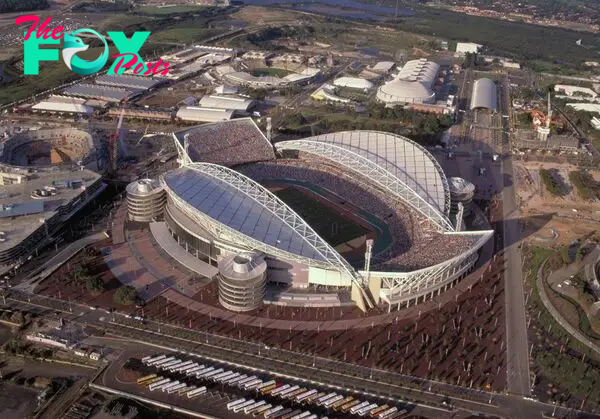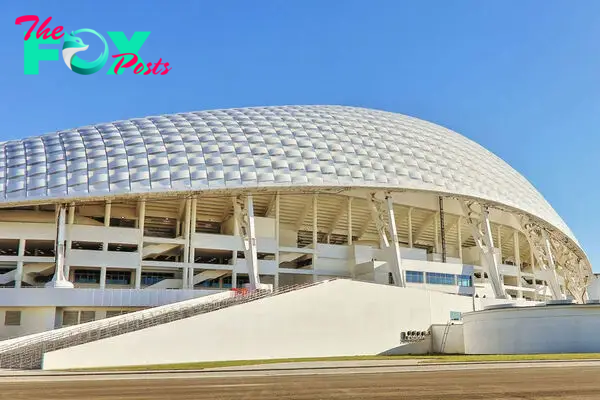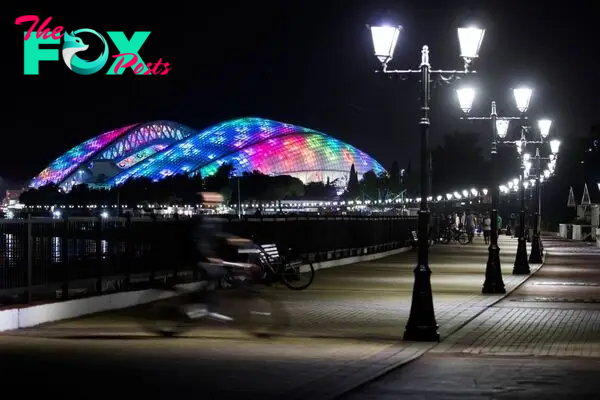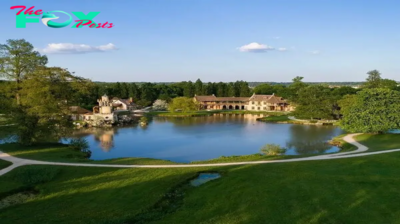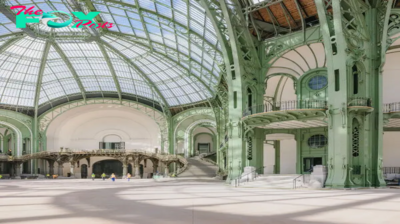Travel
7 of The Most Iconic Olympic Stadiums Ever Built
With 11 total venues, the 2024 Paris Olympics are promising some of the most exciting backdrops to date. The beach volleyball arena will be set in Champs de Mars, the cycling events will finish at the Champs Élysées, and Horseback riding will be held in the gardens of the Palace of Versailles. Ahead of the games, we take time to look back at some of the most iconic Olympic stadiums ever built.
Beijing National Stadium (Beijing, China)
Better known as the “Bird’s Nest,” the iconic venue features a distinctive lattice-like steel exterior inspired by Chinese ceramics. Acting as a shielding device, the outer cage reduces energy consumption by minimising direct sunlight. Designed by Swiss architecture firm Herzog & de Meuron in collaboration with Chinese artist Ai Wei Wei, the stadium was built for the 2008 Summer Olympics, serving as the main venue for the opening and closing ceremonies as well as the track and field events. With a floor area of approximately 258,000 square meters and capacity 91,000 spectators, it’s one of the largest stadiums in the world. During the Olympics, the Bird’s Nest witnessed several historic moments, including Usain Bolt’s world record-breaking performances in the 100-meter and 200-meter.
London Aquatics Centre (London, United Kingdom)
Inspired by the fluid geometry of water in motion, London Aquatics Centre was modeled in sympathy with the river landscape of Olympic Park. Designed by Zaha Hadid Architects, the roof sweeps up from the ground like a wave, enclosing the pools inside in a unifying gesture. Situated in Queen Elizabeth Olympic Park in Stratford, East London, it’s surrounded by other iconic venues from the 2012 Summer Olympics such as the Olympic Stadium and ArcelorMittal Orbit. Inside are world-class facilities for swimming and diving including two 50-meter swimming pools and a diving pool with movable floors which can be adjusted for various diving events. Today, it serves as a community sports facility for both recreational and competitive events.
The Panathenaic Stadium (Athens, Greece)
Also known as Kallimarmaro, the Panathenaic Stadium was the main venue for the first international Olympic Games in 1896. Located in the heart of Athens, the stadium was originally built in the 4th century BC and later refurbished in marble in the 2nd century AD. Previously serving as the venue for the Panathenaic Games in ancient times, it was reconstructed once again for the first modern Olympic Games in 1896. To this day, it remains the only stadium in the world built entirely out of marble and continues to serve as a symbol of Athens’ enduring Olympic legacy.
Japan National Stadium (Tokyo, Japan)
The brainchild of renowned architect Kengo Kuma, the Japan National Stadium is clad in cedar panels, offering a contemporary interpretation of overhanging eaves from traditional Japanese buildings. Beyond just aesthetics, the eaves keep out sunlight and rain while remaining porous enough to allow air to efficiently circulate. Visible from outside are plants which total approximately 47,000 across each level to help the stadium blend in with its lush surroundings.
Built for the 2020 Summer Olympics which were postponed to 2021 due to the COVID-19 pandemic, the venue can accommodate up to 80,000 spectators and various Sports and cultural events. While steeped in tradition, the stadium is equipped with advanced Technology to enhance the spectator experience including high-def LED screens, state-of-the-art audio systems, and cutting-edge lighting systems.
Olympiastadion (Berlin, Germany)
The Olympic Stadium in Berlin, officially known as the Olympiastadion, was designed by architect Werner March during the Nazi regime. The venue served as the centrepiece for the highly controversial 1936 Olympics. That year, American athlete Jesse Owens made History by winning four gold medals in the track-and-field events.
After sustaining significant damage during World War II, the stadium underwent extensive renovations bringing about modern upgrades. Notable additions include a transparent roof in 2004 allowing for events to be held under all weather conditions. Following the Olympics, subsequent major sporting events held at the venue include the FIFA World Cup finals in 1974 and 2006, as well as the UEFA Champions League final in 2015. The Olympiastadion has also hosted large-scale concerts with the likes of The Rolling Stones, U2, and Coldplay.
Stadium Australia (Sydney, Australia)
Originally built as the main venue for the 2000 Summer Olympics in Sydney, Stadium Australia features a horseshoe-shaped design with a retractable roof that takes just 20 minutes to open or close. Capable of accommodating up to 118,000 spectators, it has the largest capacity of any Olympic stadium ever built. Now commercially known as Accor Stadium (known prior as ANZ Stadium), the venue continues to hold big events for rugby league, soccer, concerts, etc. In 2000, the stadium underwent significant reconfiguration to convert it to a rectangular field suitable for rugby and Football matches.
Fisht Olympic Stadium (Sochi, Russia)
Named after one of the most famous mountain peaks in Russia and inspired by the shape of a Faberge egg, Fisht Olympic Stadium in Sochi, Russia was designed to resemble a snow-capped mountain with its transparent roof above offering a complete view of the nearby Caucasus mountains. Designed by Populous to host the 2014 Winter Olympics, construction for the Stadium began in 2007 and was completed in 2013. Apart from the Olympics, it served as the venue for the 2018 FIFA World Cup.
This story first appeared on Lifestyle Asia Hong Kong
-

 Travel1w ago
Travel1w agoTop Things To Do In Neuschwanstein: Germany’s Fairytale Icon
-

 Travel1w ago
Travel1w agoRohit Zinjurke’s Abu Dhabi visit was nothing less than a fashion extravaganza
-

 Travel1w ago
Travel1w agoBeauty of Contrasts: Regent Hong Kong’s Signature Suites Offer Unparalleled Luxury
-

 Travel2w ago
Travel2w ago8 Fun Things to Do in Red Rock Canyon
-

 Travel2w ago
Travel2w agoEverything You Should Know about Visiting Merzouga
-

 Travel2w ago
Travel2w ago5 of the best things to do at Mount Hood National Forest
-

 Travel2w ago
Travel2w agoA Beginner’s Guide To Barcelona
-

 Travel2w ago
Travel2w agoHong Kong International Airport Introduces New Smart Screening System


